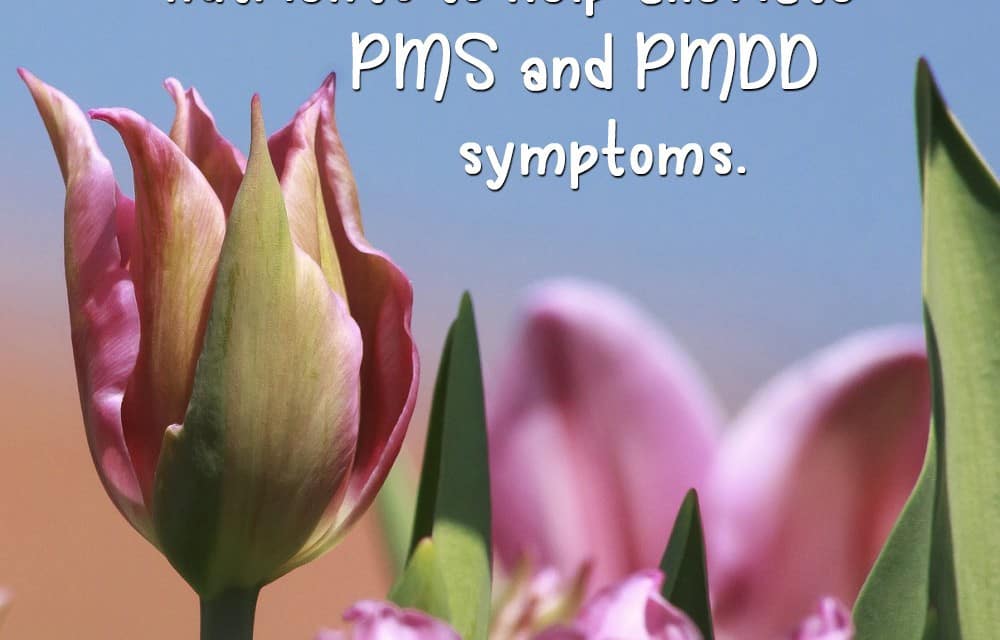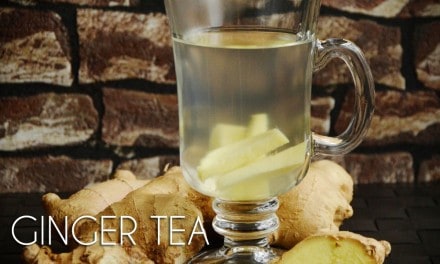Premenstrual Syndrome (PMS) and Premenstrual Dysphoric Disorder (PMDD) may sound like harmless and unavoidable circumstances that women simply have to put up with. However, ask most women what it’s like and they can easily explain the annoyance and anguish it can bring.
Thankfully, the symptoms of these two conditions are manageable through diet and lifestyle modifications. Below are some of the most important nutrients that can help alleviate the symptoms of PMS and PMDD. Women should make sure they are present in their daily diet.
Calcium
One study showed that women who ate a breakfast which included calcium-rich foods experienced a lessening of mood swings, menstrual cramps and other symptoms of PMS and PMDD.
Another published study showed that women who regularly experienced PMS and PMDD symptoms had low levels of calcium and vitamin D, and that if they increased their intake of calcium the severity of their symptoms was reduced.
Calcium-rich foods include dairy, broccoli, orange juice, kale, spinach and tofu.
Magnesium
Magnesium is a very important mineral for health. An adequate intake of magnesium in the diet is helpful for reducing menstrual cramps. As calcium helps muscles to contract, magnesium helps relax them.
Although dietary intake of calcium has been known to reduce menstrual cramps, calcium can also deplete magnesium in the body; thereby increasing the risk of experiencing menstrual cramps. This is why it is highly recommended that this all-important nutrient is replenished on a regular basis to reduce menstrual cramps. Research has shown that magnesium is also beneficial for relieving menstrual migraine headaches.
Although the perfect amounts of magnesium that is needed by women in order to prevent the occurrence of several PMS symptoms has not been solidified, many experts suggest that 400 mg of magnesium per day should suffice.
However, taking an excess of magnesium supplements may cause diarrhea, so if you intend to take magnesium supplements rather than just depending on your diet, check with your doctor or start with the minimum recommendation. Also, it’s important to note that women suffering from kidney disease should consult their doctor before taking any magnesium supplement.
Magnesium-rich foods include peanuts, cashews, almonds, quinoa and tofu.
Vitamin E
Vitamin E coupled with essential fatty acids can help reduce PMS and PMDD symptoms, as revealed in yet another study. Emotionally-based symptoms such as anxiety, food cravings, and depression, can be relieved by taking vitamin E. Vitamin E oil as a supplement has also been shown to reduce some other PMS-related symptoms, especially tender breasts.
Vitamin E-rich foods include, tofu, spinach, almonds, sunflower seeds, shrimp and avocados.
Omega 3 Fatty Acids
Many women who include plenty of omega 3 fatty acids in their daily diet have experienced a significant reduction in menstrual pain. Omega 3 fatty acids are fats that are crucial for the body’s production of certain prostaglandins which can lead to the reduction of inflammatory responses and pain.
An important note to remember is that omega 3 fatty acids are not the same as omega 6 fatty acids. Omega 6 fatty acids are fats that have been found to promote sodium retention in the body and increase the likelihood of bloating, which is a common symptom for PMS and PMDD sufferers.
So eat more foods rich in omega 3s. These types of foods include salmon, flax seeds, walnuts and sardines.
Other Foods To Add To Your Diet
Try to add salads, oats (a natural anti-depressant), beans, green veggie salads, cold pressed safflower or sunflower oil for cooking, millet, barley and rye to your shopping list. Fresh fish and skimmed milk are also recommended. If you need extra calcium at this time, natural yogurt is excellent.
Avoid smoking, tea, coffee, dairy, chocolate, sugar, fat and processed foods.




Recent Comments